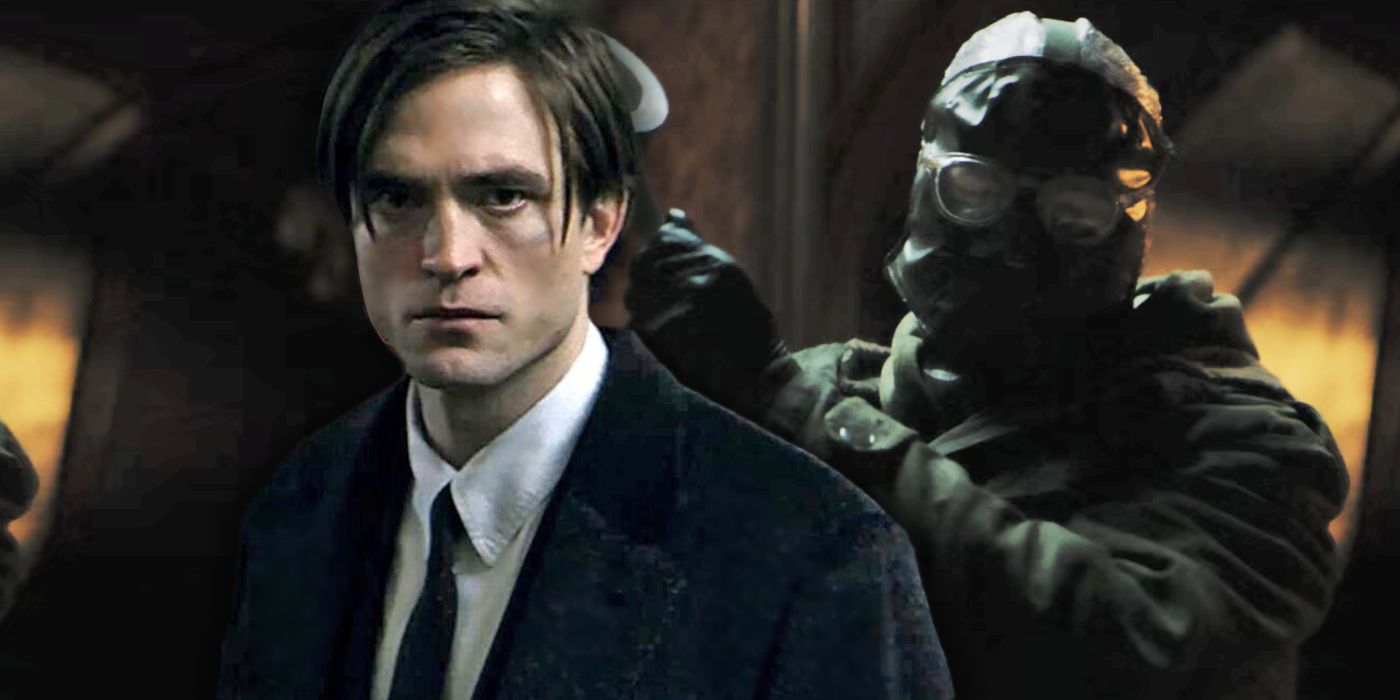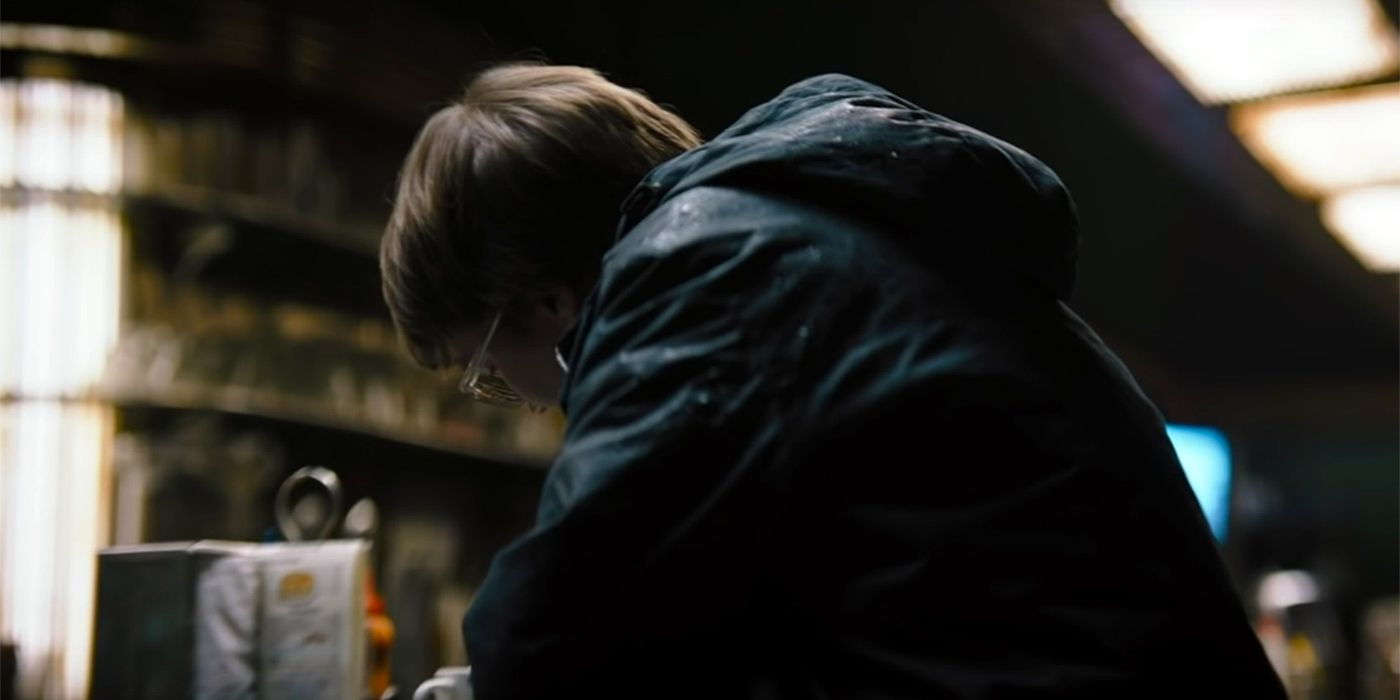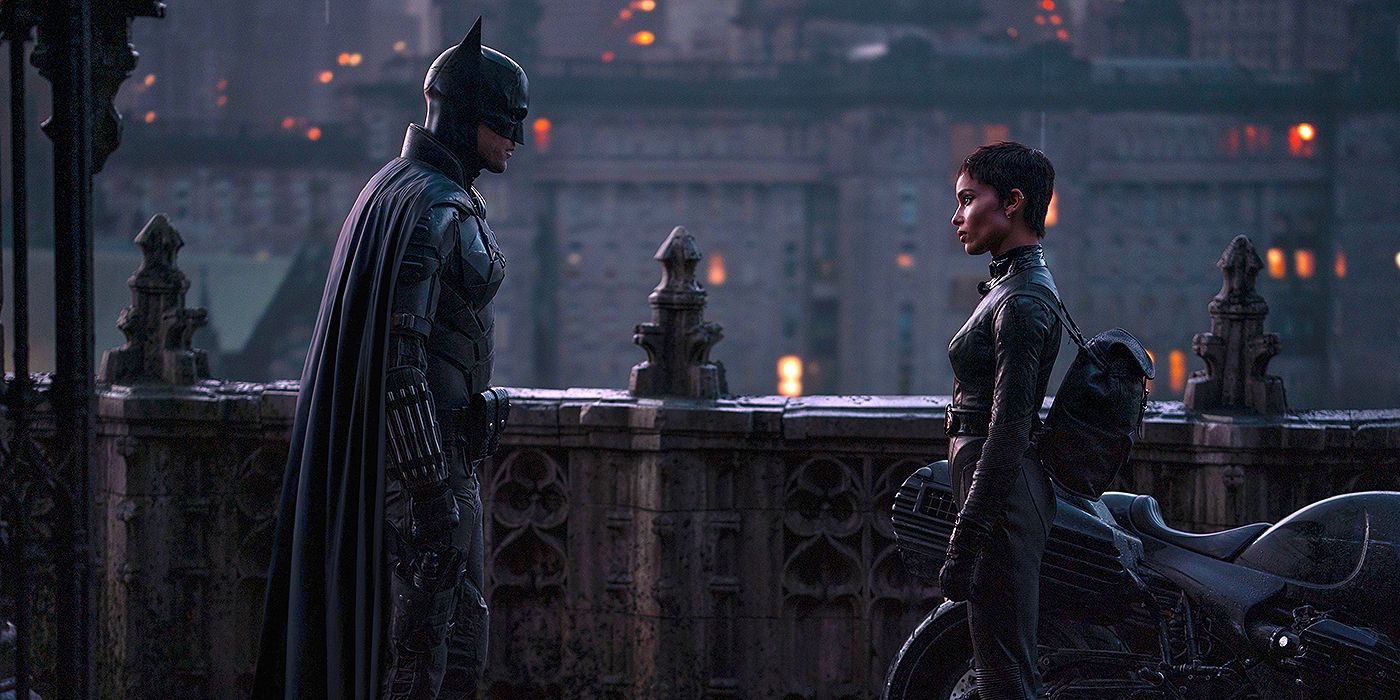WARNING: The following contains spoilers for The Batman, now playing in theaters.
The Batman takes a large amount of its lengthy run-time to explore the fallout of social warfare in Gotham City and the impact it has had on the citizens of the city. Along the way, it finds an inspiring message in the story of three orphans trying to change themselves and their situations.
The Batman is more focused on an actual exploration of societal conflicts than previous iterations of the character on-screen. The Christopher Nolan version of the character approached some of these ideas, with the wealthy of Gotham typically being portrayed as disconnected from the grimy realities of the city. Joker used the broken systems of the city to comment on how modern western society seems to have accepted a nigh-countless number of troubled and broken people as a side-effect of society. But both films are more focused on the effect these have on the characters specifically. While The Batman does do a lot of exploration of Bruce Wayne (Robert Pattinson) and his evolution from vigilante to hero, the film never stops exploring more macro questions about how Gotham -- and society -- operates.
In effect, Bruce is one of three orphans at the center of The Batman -- contrasted against Edward Nashton, aka The Riddler (Paul Dano), and Selina Kyle (Zoë Kravitz), the future Catwoman. All three are established as orphans of the world, having lost their parents in assorted manners. But whereas Bruce was wealthy and received a safety net of love, acceptance, and cash, Edward and Selina were more or less forgotten. Edward, in fact, never saw anything but the worst Gotham could offer, even citing how the terrible conditions of his childhood meant he witnessed kids freeze to death. Meanwhile, Selina got a few years of stability before being shunted off to social services after her mother's murder, giving her a unique perspective on both the haves and have nots of Gotham.
During his confrontation with Batman towards the end of The Batman, The Riddler remarks that Bruce Wayne, even without parents, was never truly an"orphan" like he and countless others were. The world cared about Bruce in a way it's never even noticed others. Bruce's dark and troubled life was still one of luxury and safety. Meanwhile, Edward -- and countless others, both in-universe and in real life -- are never afforded anything even remotely close to the security dropped into Bruce's lap. This is an aesthetic that has spread through Gotham, with multiple minor characters commenting on how the rich remained happy while their children died from preventable illnesses. It's a harsh criticism of the way the world works, especially when authority and wealth turn liars and criminals into heroes while Batman and the police focus their attention on the poor.
In that world, a monster like Falcone (John Turturro) could prey on corruption and spread it out, leaving a trail of corpses in his wake to no consequence. But Riddler is also inherently wrong in his attempts to force change onto the world through violence -- killing countless innocents in his final attack on the city. While Riddler has a point about the corruption of the city, his approach to it has turned bitter and cruel. Batman's view is too singular and focused on his perspective. In contrast, Catwoman sees both sides -- commenting on the faults and fallacies of the wealthy, specifically name-checking "white privilege" as one of the evils of Gotham.
But Selina doesn't kill innocents and only attacks those who've personally killed people she loved. She works to save her friend's life and later helps Batman stop Riddler's henchmen from completing their massacre. Catwoman and her tendency to be attracted to strays, regardless of their penniless or wealthy origins, speaks to the need for care and acceptance. With the right care, Bruce Wayne and Edward Nashton alike could have been far safer and more empathetic. There's an inherent conflict between the classes of Gotham, but rising above it and helping everyone -- especially the people most impacted by the world -- can help turn a vigilante into a hero, the corrupt into criminals, and a broken city into rebuilding society. It's an engaging exploration of society's self-inflicted wounds and sets a potentially optimistic path forward.
To see how Matt Reeves tackles heavy real-world topics with the Caped Crusader, check out The Batman, now playing in theaters.



